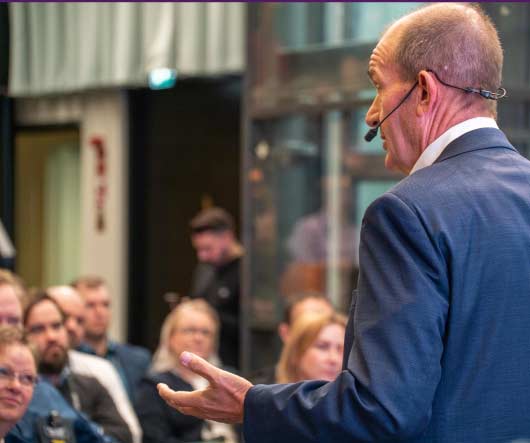Customers can tell you why they do something, But they might be wrong.
It’s not that customers are stupid. No, it is quite the contrary. Customers’ thinking and decision-making are complicated; multiple things happen simultaneously.
Sometimes, the reason customers do things is hidden, even from the customers themselves. In our penultimate masterclass episode, we explore how you can get at these hidden motivations when designing a Customer Experience that surprises and delights customers.
In this episode, we delve into the hidden motivations of customers, particularly focusing on Confirmation Bias. This bias is a psychological tendency in which people seek information confirming their beliefs and discount contradicting them. It plays a crucial role in customer decisions, often without them even realizing it.
For example, one significant influence is the desire to be right, to see oneself as competent and knowledgeable. Confirmation Bias stems from this need, as people seek information that validates their opinions and disregards contrary evidence.
This bias manifests in various ways. One is brand loyalty.
For example, Apple enthusiasts might blame themselves for device issues rather than consider a fault with the product. This self-blame reinforces their loyalty, even if the product doesn’t work perfectly. Similarly, loyal users of the social media platform X (formerly Twitter) overlook its problems to maintain their positive view of the service.
Confirmation Bias is also evident in political beliefs. Studies show that exposure to opposing viewpoints makes individuals more extreme in their views rather than moderating them. This reaction occurs because engaging with opposing views requires more cognitive effort and emotional resilience, as it threatens one’s sense of being right.
In business, Confirmation Bias occurs when companies resist new findings that contradict their existing strategies. For instance, in our Emotional Signature® research, organizations often find that the real drivers of customer satisfaction differ from the assumptions. While these insights are valuable, accepting them is challenging because it feels like the organization must admit to past mistakes.
Recognizing and addressing hidden motivations is essential for businesses, so tune in to gain insights into the complex world of customer motivations and how to leverage these understandings for better business outcomes. We will explain why it is crucial to go beyond surface-level feedback and analyze customer behavior to uncover these deeper drivers.
In this episode, we also discuss:
- The role of evolutionary psychology in understanding customer motivations.
- Techniques for uncovering hidden customer needs.
- How Confirmation Bias affects brand loyalty and customer satisfaction.
- The impact of cognitive effort and emotional resilience in accepting opposing views.
- Strategies for supporting customers in justifying their purchases.
- The importance of being open to new information and challenging one’s own biases.


